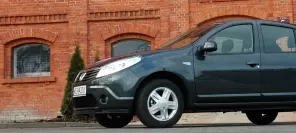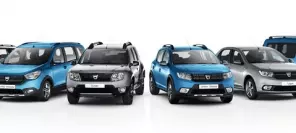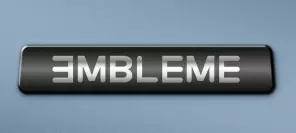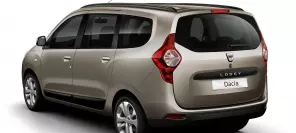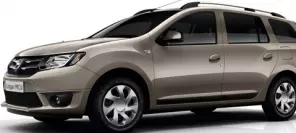- Main page
- Search
- Up to date
- Products
- Technology
- Vehicles
- Video
- Conversion Payback Simulator
Port Injection - Conversion Payback Simulator
Direct Injection - Conversion Payback Simulator
Diesel - Newsletter
Dacia sticks to LPG
 loading results...
loading results...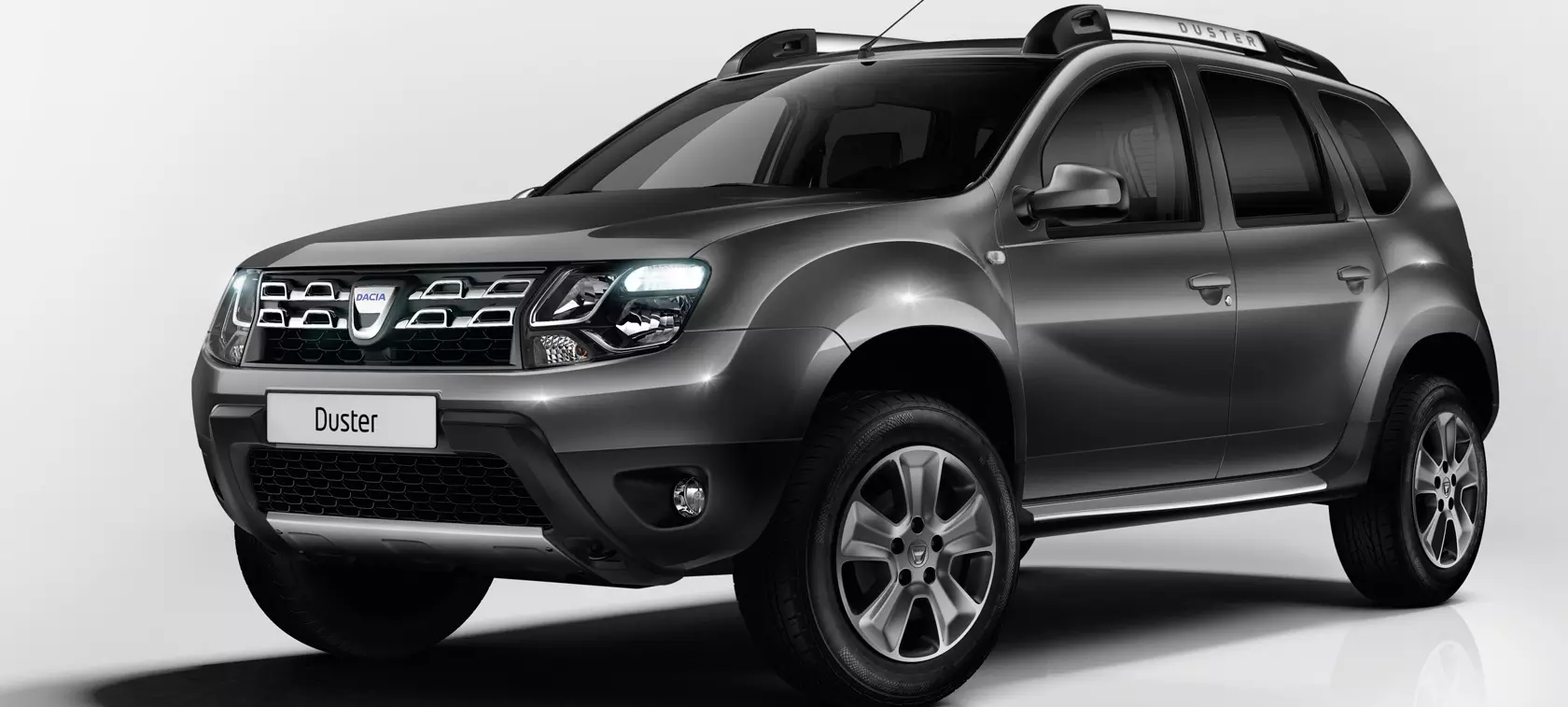 © Dacia
© Dacia Saying that DI engines dislike autogas would be something of an overstatement. Still, the fact remains that converting MPI units with sequential vapour state autogas injection systems offers the best system price-to-savings ratio. And so Dacia found itself facing a dilemma: how to move on and abandon the technologically obsolete MPI engines to comply with emission standards growing ever more stringent without having to give up autogas systems, which are popular among cost-conscious customers.
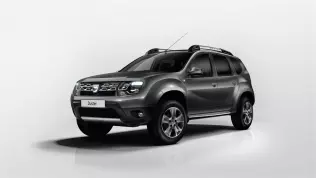 © DaciaThe recent refresh should keep the Duster attractive for another couple of years. All the other models have recently been completely redesigned from the ground up
© DaciaThe recent refresh should keep the Duster attractive for another couple of years. All the other models have recently been completely redesigned from the ground upThe solution was to retain the MPI motors, but only for autogas system applications. It may not improve the image of autogas as a fuel for cars that are exactly cutting-edge in terms of technology they are underpinned with, but then downsized engines (with lower displacement, fewer cylinders, direct fuel injection, turbo and variable valve timing) don't always prove their superiority over more conventional units. At least not as much as they promise to. So let's not perceive the 1,2 and 1,6 16V units as relics of the past, but rather as something that has proven its value and reliability.
Out of the two engines mentioned above, the 1,2-litre, 75 PS one is used to power LPG versions of the Logan, Logan MCV and Sandero (but not the Sandero Stepway, which is the only Dacia model not available with an optional autogas system), while the Duster (but only the 4x2 one), Lodgy and Dokker sip autogas by means of 1,6 motors (105 PS version for Duster and 84 PS for Lodgy/Dokker). Sooner or later the Romanian brand will have to retire MPI engines, but hopefully it won't mean retiring LPG along with them. Autogas systems for DI units will surely become more affordable in the meantime, so that Dacia will be able to introduce them without having to raise the prices for the customers. But that's still quite a distant prospect.
